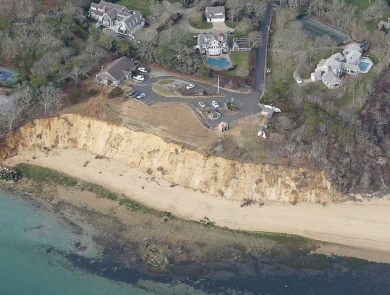Facility
Location
Riverdale, ND 58565
United States
Volunteer Position Overview
About This Position
Garrison Dam National Fish Hatchery is one of the largest U.S. Fish and Wildlife Service hatcheries in the Nation. We raise a wide variety of fish species including walleye, Northern pike, trout, Chinook salmon, paddlefish, muskie, burbot, the endangered Pallid sturgeon, and Shovelnose sturgeon. The hatchery is located directly below Lake Sakakawea on the banks of the Missouri River. If you enjoy outdoor recreation, plenty of opportunities exist in this area, including fishing, boating, birding, hiking, camping, hunting...it is all right here!
The hatchery staff relies on volunteers to conduct informative tours of the hatchery to our visitors. Tour groups range from a few visitors to bus loads of school kids anxious to see and learn about the hatchery. We like to involve our volunteers wherever possible which may be spawning fish, caring for trout and managing aquariums. We work with the volunteers to find a schedule that meets the needs of the visitor center. The Visitor Center is open from 9:00-3:30 M-F, 10:00-3:00 Sat-Sun & Holidays.
Fish Production - Early Spring marks the beginning of the cycle of life for many of our native fishes; Northern Pike and Walleye. The fishery biologists capture the adult fish and they are stripped of eggs and milt at the shore site. The eggs are brought to the Garrison Dam National Fish Hatchery where they are incubated in special hatching jars. The newly hatched fry emerge from the eggs in about two weeks. It will be another week before the fry are able to swim or feed. The ‘swim-up’ fry spend the last month of their stay at the hatchery in outdoor ponds which have an abundance of zooplankton, the food necessary to provide for the rapid growth. At the month’s end, the fry are now called fingerlings and ready for stocking into area lakes. Sturgeon are spawned in late June. Coldwater species, trout and salmon, are at the station year-around, however if you visit the station in October, you will be able to witness the annual migration of chinook salmon up the hatchery's effluent stream and watch as eggs are collected from these awesome fish.
Location in ND - The Garrison Dam National Fish Hatchery is located in central North Dakota, an hour’s drive from Minot or Bismarck. You will only be a couple miles from Riverdale and Pick City which have outstanding some of the best restaurant's but you will need to drive about 30 miles for groceries, a drug stores, clinics and hardware stores,
Duties/Activities
Stories About Volunteering
Other Ways to Work with Us
Are you looking for something different than a volunteer opportunity? The Fish and Wildlife Service employs around 9,000 people nationwide and offers great internship opportunities every year.






